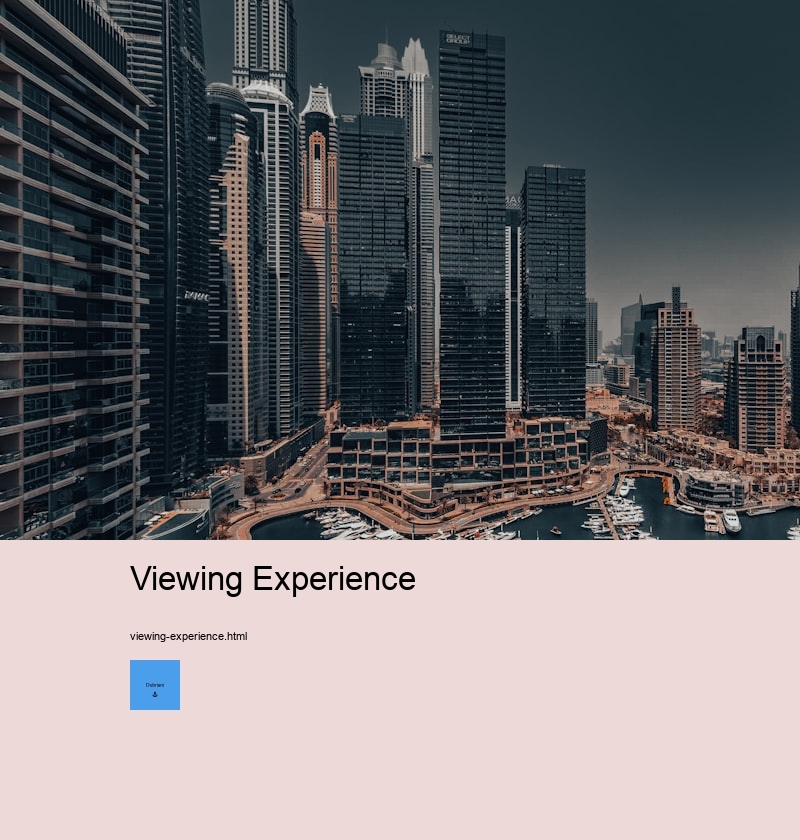Viewing Experience
Title: The Evolution of the Viewing Experience
In the tapestry of human history, few elements have evolved as dramatically as our viewing experience. From the ancient amphitheaters of Greece to the immersive virtual reality headsets of today, the way we consume visual content has continually reshaped itself, reflecting technological advancements and cultural shifts. This evolution not only speaks to our insatiable thirst for entertainment but also underscores a deeper desire for connection and understanding.
In its earliest forms, viewing was a communal activity. People gathered in large groups to witness plays or storytelling sessions, often serving as both entertainment and societal commentary. These gatherings were more than mere spectacles; they were shared experiences that fostered a sense of community and collective consciousness. Fast forward to the invention of film in the late 19th century, and we see a profound shift. The magic lantern shows and silent films introduced audiences to new worlds, breaking geographical boundaries with their universal language of visuals.
The 20th century heralded remarkable changes with the advent of television. Suddenly, the viewing experience became an intimate affair within one's own living room. Families huddled together around flickering screens, captivated by news broadcasts or dramatic serials that unfolded week by week. Television did more than entertain; it informed public opinion and influenced societal norms, becoming a staple in households worldwide.
As technology progressed at an unprecedented pace towards the end of the millennium, so too did our viewing habits. High-definition televisions transformed picture quality from grainy black-and-white images into vibrant technicolor visions that enhanced storytelling like never before. With each passing year came innovations such as surround sound systems and streaming services that offered viewers limitless choices at their fingertips.
Today's viewing experience is defined by its personalization and interactivity-a stark contrast from its communal origins yet equally impactful on how stories are consumed globally. Platforms like Netflix or YouTube use algorithms tailored specifically for individual preferences while social media allows real-time interaction between creators and their audiences-blurring traditional boundaries between storyteller and spectator.
Moreover, virtual reality has begun redefining immersion altogether by placing viewers inside narratives rather than merely observing them passively on screen-creating opportunities for entirely new genres where participants can explore environments firsthand instead of watching from afar.
Yet amidst these technological marvels lies an important question: how does this evolution affect our perception? While modern conveniences grant unparalleled access to information across cultures instantaneously-they also risk isolating individuals behind screens rather than fostering genuine connections through shared experiences akin those once found in theaters long ago…
Ultimately though-as humanity continues navigating ever-changing landscapes-it remains clear that no matter format medium chosen-the power stories holds sway over hearts minds alike ensures enduring legacy throughout ages come whatever form may take next chapter unfolds before us all already eagerly anticipating what future holds store when lights dim curtain rises anew…
Formula 1 Abu Dhabi yacht charter